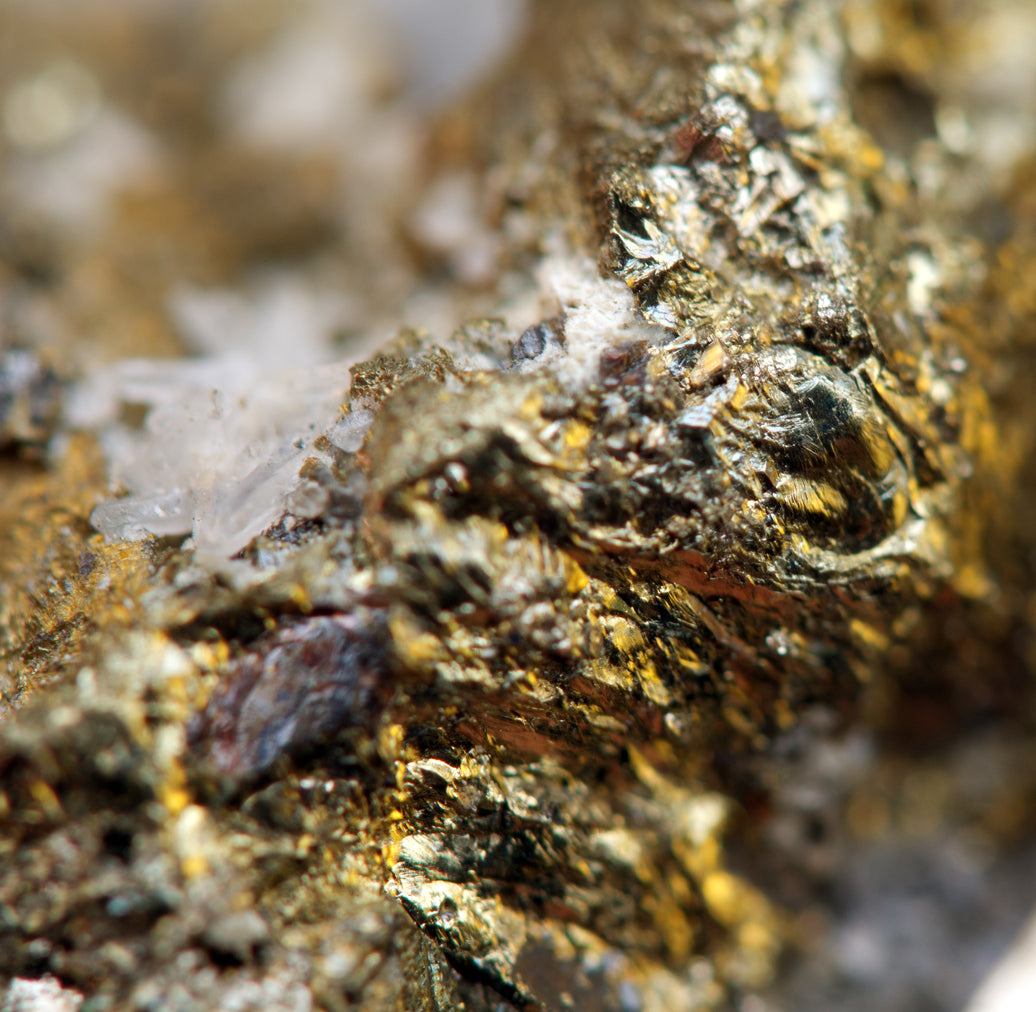
“What will save us is not technology or science. What will save us is the ethical transformation of our society.” - Carmelite Father Eduardo Agosta Scarel
Responsible sourcing ensures that the precious metals and gemstones within the pieces of jewelry each of us buys are ethically mined without harming people, communities, or the environment.
In the last few decades, numerous standard-setting and accreditation organizations were established to increase transparency and traceability within the global jewelry supply chain, minimize environmental impact, and support individuals in developing countries whose livelihood depends solely on artisanal and small-scale mining (ASM).
Simply put, ASM refers to informal and poorly regulated mining where worker exploitation, child labor, unsafe working conditions, mercury pollution, and even criminal activity are prevalent. According to The 2020 State of the Artisanal and Small-Scale Mining Sector report from Delve, ASM is responsible for 25% of the total global diamond supply and 20% of the world’s gold supply.
In this article, we’ll share with you what it means for jewelers to ethically source materials such as gold, diamonds, and colored gemstones and how you can make the right purchase as an environmentally-conscious consumer.
GOLD SOURCING
 Open Bloom Ring by Ramona Albert
Open Bloom Ring by Ramona Albert
Gold mining, especially in the unregulated ASM sector, has a negative impact on the environment, leading to extensive deforestation, soil erosion, and mercury and cyanide pollution. These issues endanger not only the local wildlife but also the health of the people within mining communities.
The Fairmined certification program comes as a solution to the lack of traceability and sustainable practices while enabling access to the global market for ASM miners and helping them get a fair value for their precious metals. To become certified, a miner needs to implement the Fairmined Standard requirements and pass a third-party audit that guarantees compliance.
Another way to source traceable gold is to work with Fairtrade Gold miners. The Fairtrade Gold Standard imposes strict requirements for working conditions, health and safety equipment, women’s rights, and environmental practices. Fairtrade certified ASM mines are audited by FLOCERT to ensure they meet the Gold Standard before they enter the market.
DIAMOND SOURCING

A responsibly sourced diamond is, first of all, a conflict-free diamond. Conflict diamonds, also known as ‘blood diamonds,’ are illegally traded gemstones used to fund rebel wars and the activities of terrorist groups.
To eliminate blood diamonds from the global supply chain, the diamond industry, in collaboration with the United Nations, established the Kimberley Process (KP) in 2003. The KP member countries must implement certain regulations ensuring legitimate trade in rough diamonds, as mentioned in the Kimberley Process Certification Scheme (KPCS).
Although the Kimberley Process has diminished the blood diamond trade, it doesn’t cover other critical issues such as dangerous working conditions, child labor, smuggling, and human rights abuses. This issue attracted criticism for the certification system over the years, making the conflict-free label be perceived as less than transparent.
On the other hand, there are also initiatives like GemFair, which focuses primarily on the situation of the workers in the ASM sector. This program was created by the De Beers Group and aims to help artisanal and small-scale miners access the global market through digital solutions, training opportunities, and fair prices for their diamonds.
GemFair’s main goal is to increase the traceability of ASM diamonds by training miners and providing them with specialized toolkits. Such a toolkit includes, among others, the GemFair app, where the miners have to register and categorize their diamonds, thus contributing to the creation of a transparent journey from mines to international markets.
COLORED GEMSTONES SOURCING
 Image Source: GIA
Image Source: GIA
As opposed to the gold and diamond supply chains, almost 80% of colored gemstones are sourced from artisanal mines, making traceability a real challenge.
Since ASM dominates the market, it also involves a less regulated trade with high-risk working conditions for miners, violations of human rights, and increased pollution. There are even instances of conflict stones such as the lapis lazuli from Afghanistan and the famous Burmese rubies from Myanmar, used to fund civil wars and terrorism.
To increase the transparency within the colored gemstone and encourage responsible sourcing, the Colored Gemstones Working Group (CGWG) launched The Gemstones and Jewellery Community Platform. This initiative aims to offer stakeholders within the jewelry industry, from artisanal miners to retailers, access to free tools and resources to help them improve their practices.
Another key project for responsibly sourced colored gemstones is Moyo Gems, which works with women artisanal miners in Tanzania to increase the traceability of rubies, sapphires, tourmaline, garnets, citrines, and amethysts from mine to market. Moyo Gems aims to empower female miners through proper training and fair prices while helping them work in safer conditions and enjoy better financial security.
If jewelry companies want to ethically source colored gemstones outside the mining industry, they can do so by using recycled stones or lab-grown gems.
______________________
The story behind a piece of jewelry has always been an essential element of the buying experience. However, as consumers in the age of climate change, many people have grown more interested in how and where the gold and gemstones they choose to wear every day are sourced and if it’s done ethically.
So it’s common practice among buyers to do their research first and check if there’s more behind the beautifully crafted ads they see online. This trend has inspired companies within the jewelry industry to prioritize corporate responsibility and implement practices that improve social and environmental sustainability throughout the entire supply chain.
At Ramona Albert Design & Architecture, we not only take inspiration from nature in all our designs but we also believe in ethical sourcing. If you’re interested to discover more about the creation process behind our jewelry and home accessories collections, we invite you to explore our Connect with Nature blog.

Leave a comment